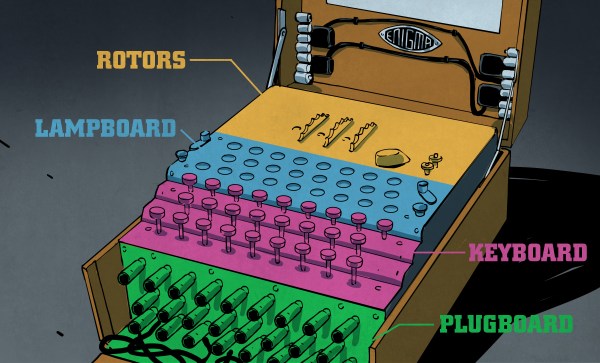To the extent that you have an opinion on something like high-frequency (HF) radio, you probably associate it with amateur radio operators, hunched over their gear late at night as they try to make contact with a random stranger across the globe to talk about the fact that they’re both doing the same thing at the same time. In a world where you can reach out to almost anyone else in an instant using flashy apps on the Internet, HF radio’s reputation as somewhat old and fuddy is well-earned.
Like the general population, modern militaries have largely switched to digital networks and satellite links, using them to coordinate and command their strategic forces on a global level. But while military nets are designed to be resilient to attack, there’s only so much damage they can absorb before becoming degraded to the point of uselessness. A backup plan makes good military sense, and the properties of radio waves between 3 MHz and 30 MHz, especially the ability to bounce off the ionosphere, make HF radio a perfect fit.
The United States Strategic Forces Command, essentially the people who “push the button” that starts a Very Bad Day™, built their backup plan around the unique properties of HF radio. Its current incarnation is called the High-Frequency Global Communications System, or HFGCS. As the hams like to say, “When all else fails, there’s radio,” and HFGCS takes advantage of that to make sure the end of the world can be conducted in an orderly fashion.
Continue reading “Radio Apocalypse: HFGCS, The Backup Plan For Doomsday”



















